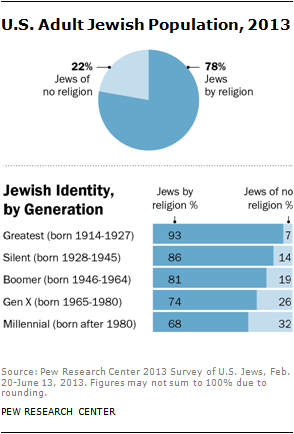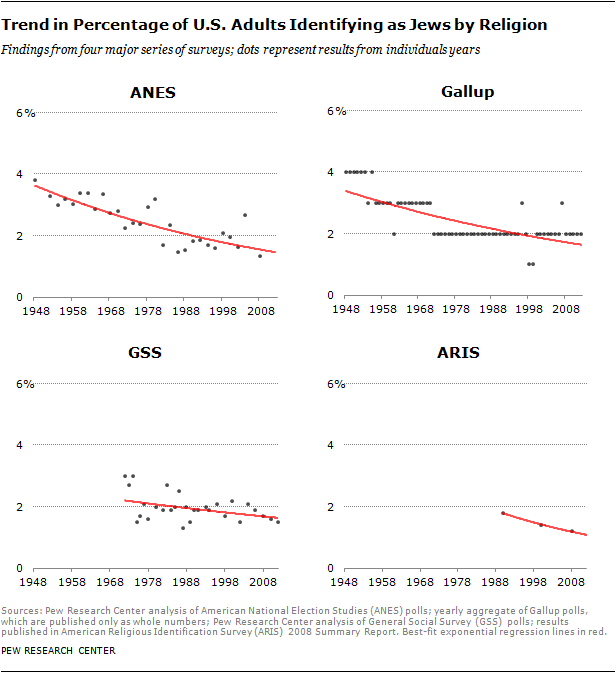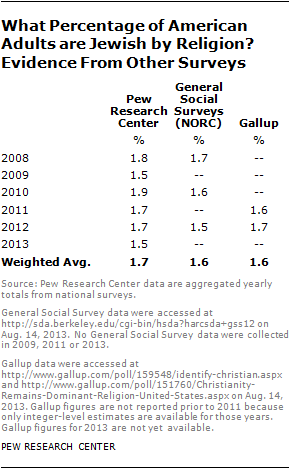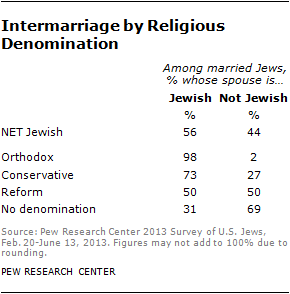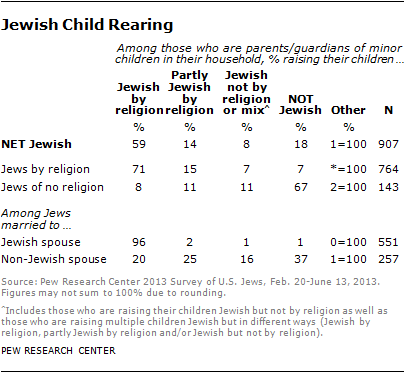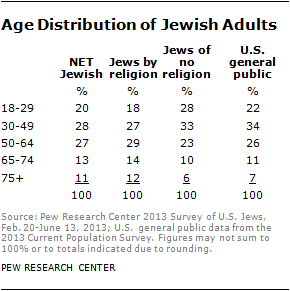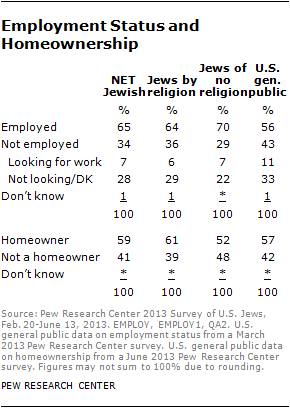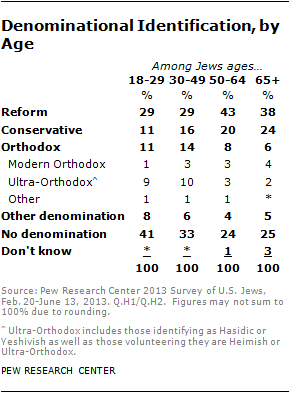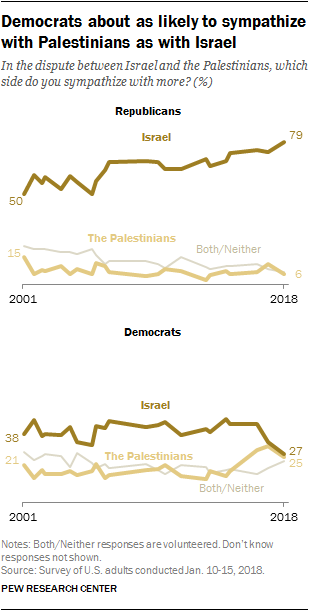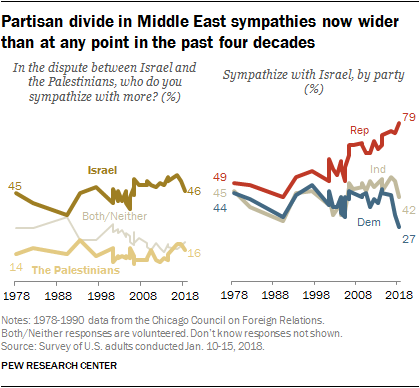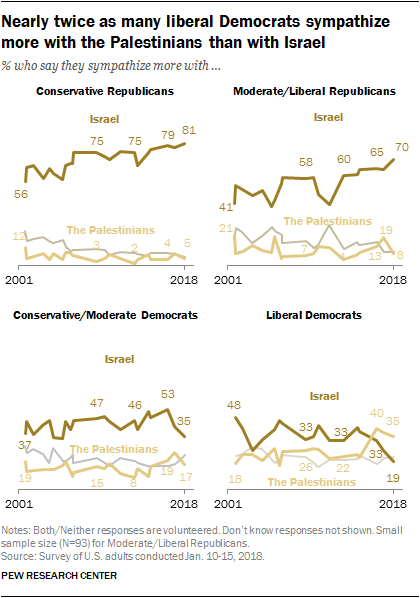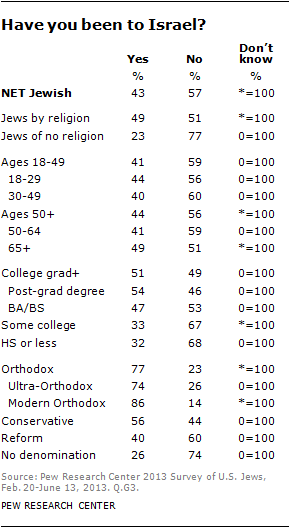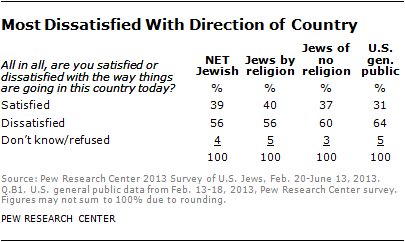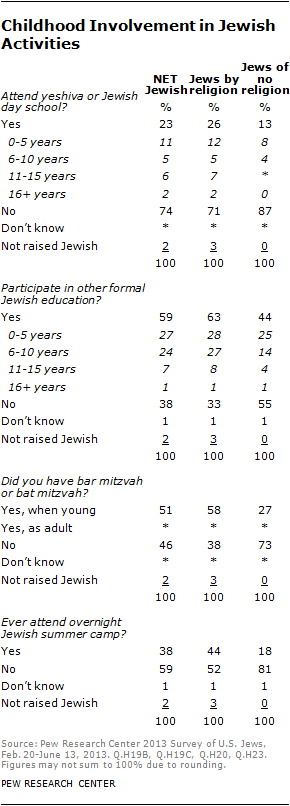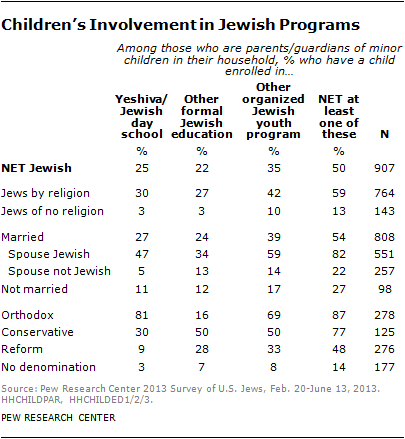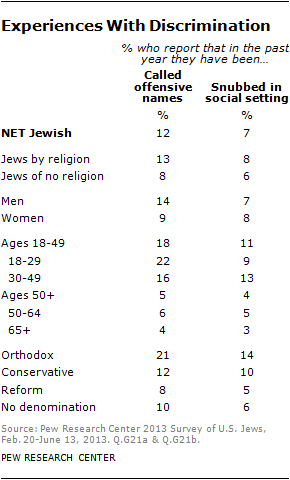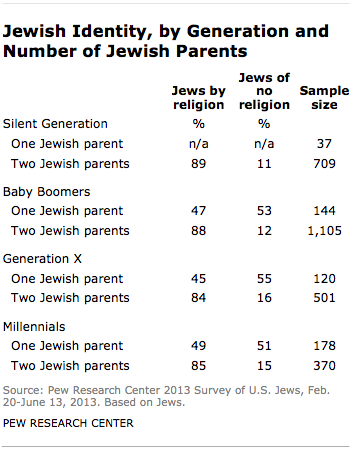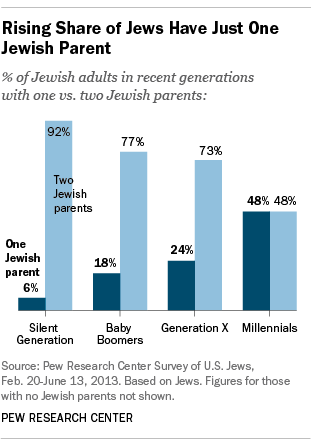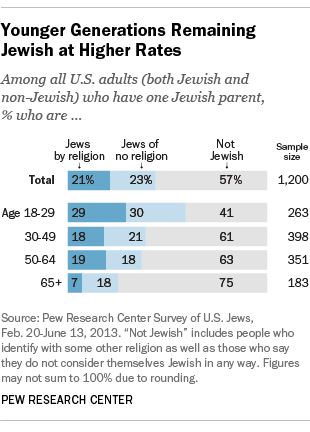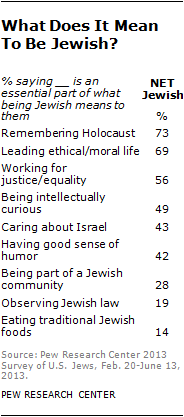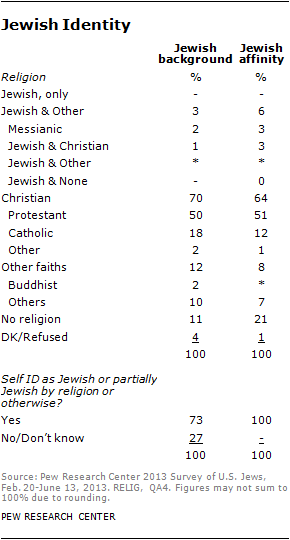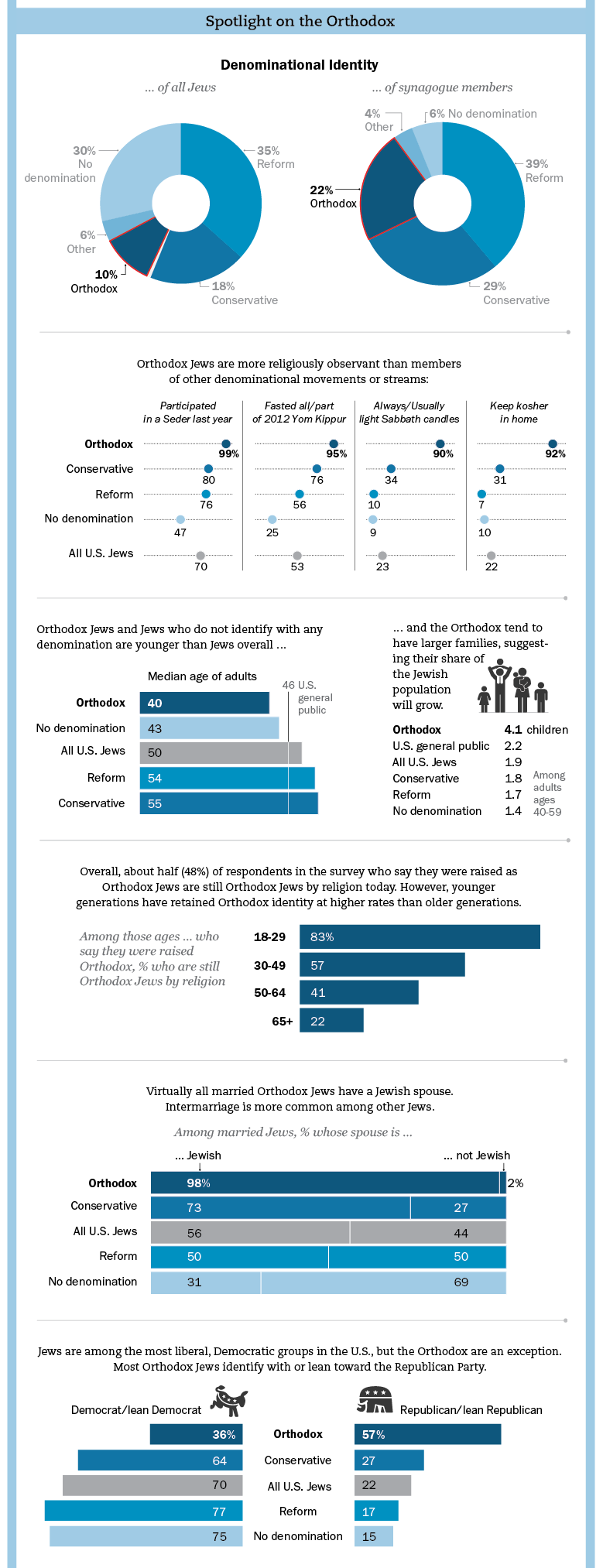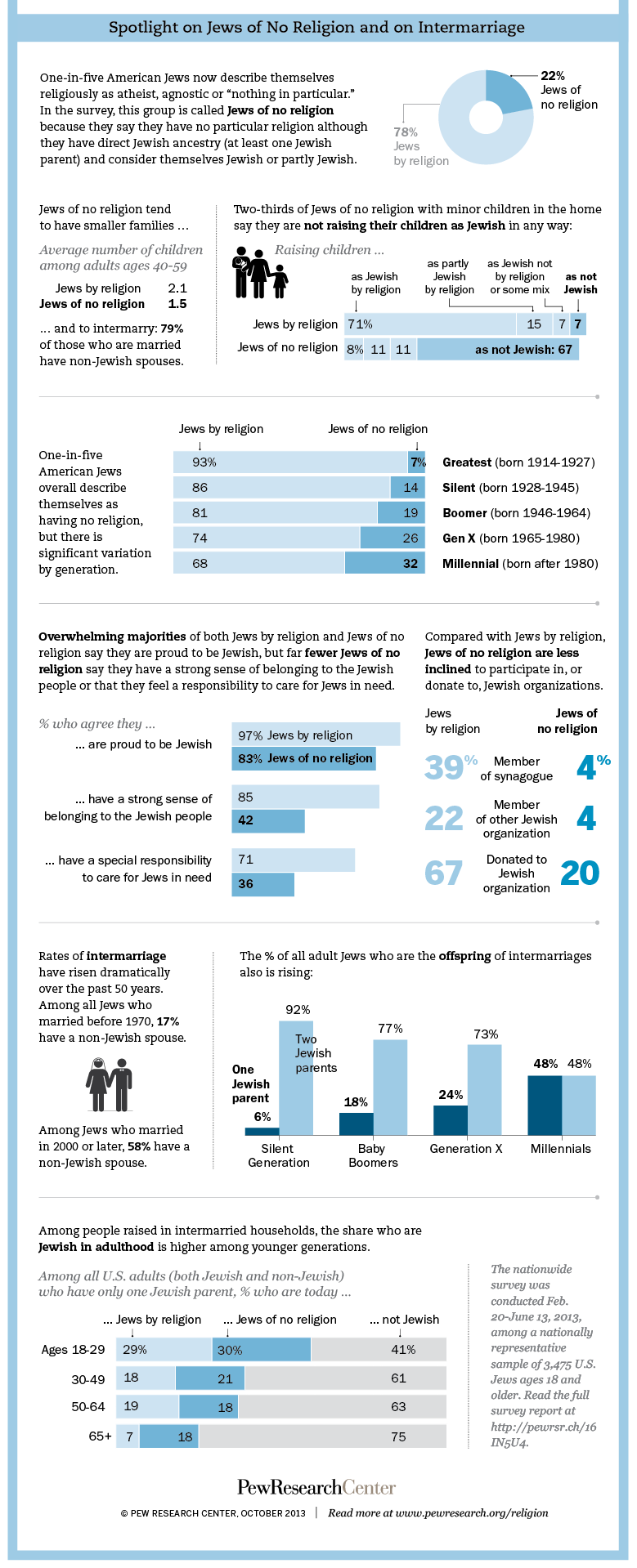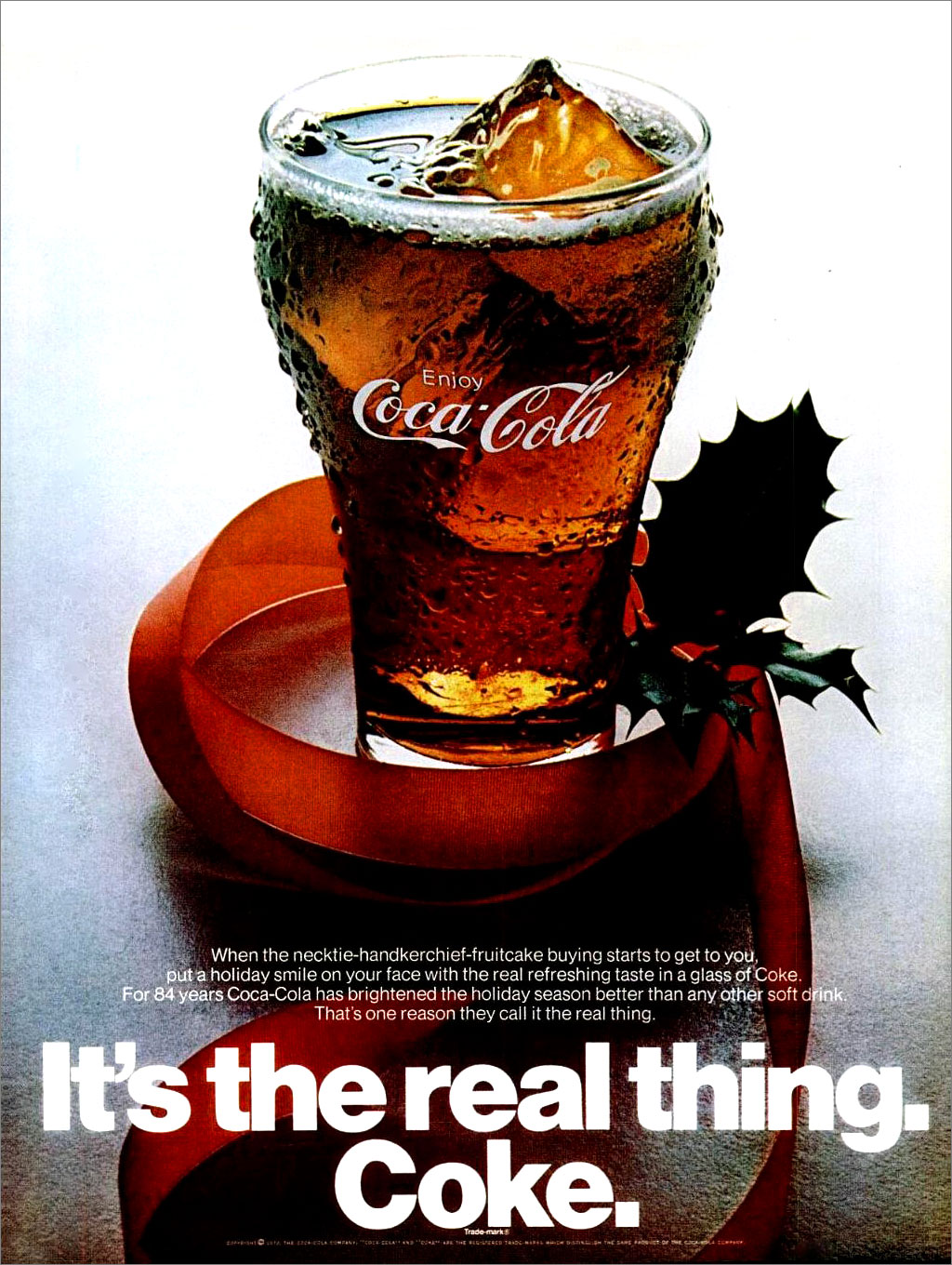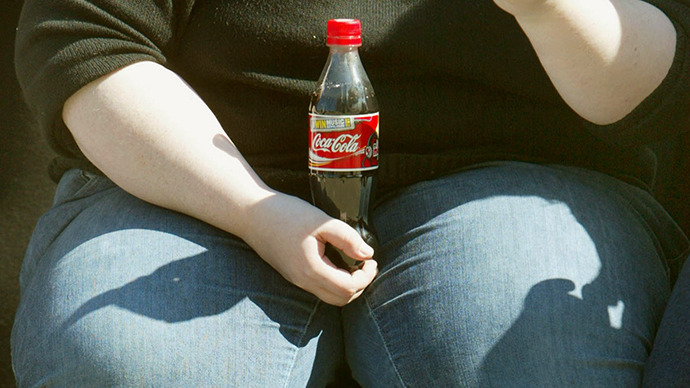
Obesity in Cats … and What to do About an Overweight CatpetMD Staff October 31, 2201 https://www.post-gazette.com/pets/pet360/2011/03/02/Obesity-in-Cats-and-What-to-do-About-an-Overweight-Cat/stories/201103020555 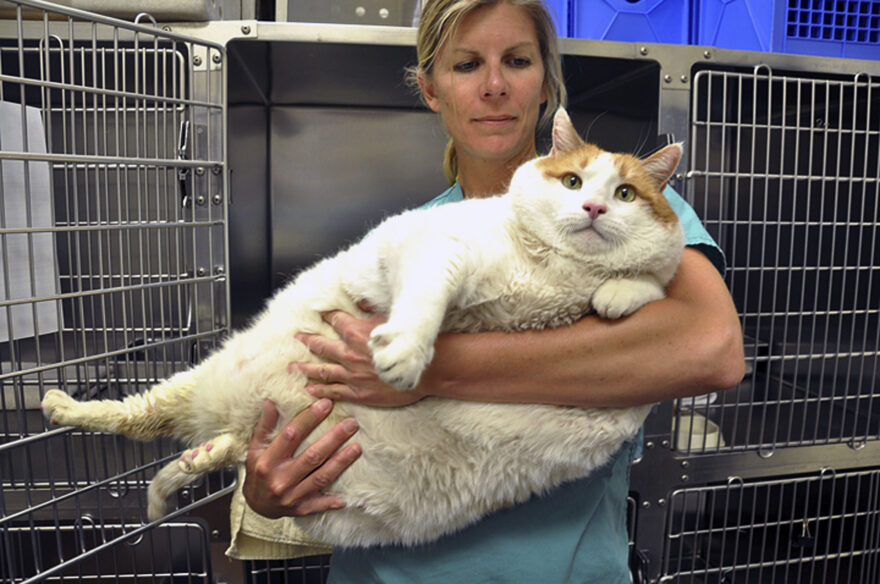 This Thursday, April 19, 2012 photo provided by the Santa Fe Animal Shelter veterinarian Dr. Jennifer Steketee holds Meow, a 2-year-old tabby at the shelter in Santa Fe, N.M. Meow, arrived at the shelter weighing in at over 39 pounds, after his elderly owner could no longer care for the feline. The shelter plans to put the cat on a special diet so he can lose weight gradually. Adult cats typically weigh between 7 and 12 pounds. (AP Photo/Santa Fe Animal Shelter, Ben Swan) Ever wonder what to do about your overweight cat? Overweight and actually obese cats outnumber cats of normal weight and are being seen more and more commonly by veterinarians for various disorders. In fact, obesity in cats can predispose the cat to diabetes, hepatic lipidosis and arthritis. However, weight loss plans in cats needs to be approached very carefully. Here we will try and assist you with your overweight cats so that your kitty won’t have to be encumbered by obesity. A 2011 study by APOP (Association for Pet Obesity Prevention) found that over 50 percent of cats were either obese or overweight. So what is happening that predisposes our domestic felines to a life of sedentary obesity? The answer is multifactorial but to simplify, just remember this: any individual mammal (dog, cat, horse, human, etc.) will gain body weight if it consumes more calories than it burns as fuel for energy. That’s pretty simple, but true.
In nature, food acquisition has never been a sure thing for any creature — not for canines, felines or humans. So food acquisition has always been accompanied by physical exertion to capture (or cultivate) and consume the food. It is only in recent times that the unnatural situation of food excess, readily acquired and consumed with little accompanying physical exertion, has become a way of life. We humans have figured how not to have to do all that work of capturing and cultivating to build up stores of food. Through agricultural expertise we have learned how to grow food and raise livestock and to have those food sources readily available and in abundance … just in case we get hungry! We learned how to refrigerate, dry, preserve and store foods in large quantities that assured us we would not have to endure long and unsuccessful hunting forays nor suffer through famines. We have also created the very same food acquisition assurances for our domestic dogs and cats. They, as we, no longer have to hunt to survive. Indeed, we no longer even have to live outdoors. It’s interesting that our pets have mirrored our own tendency to have trouble with weight control. The major difference, though, is that we humans have complete control over what our pets eat and how much they eat. Unless your cat is sneaking into the fridge and making ham and cheese sandwiches late at night when no one is around, the only way they get to eat is when YOU place the food in front of them. Every veterinarian has repeatedly heard a serious-minded cat (or dog) owner state “I know you think she’s overweight, Doctor, but it isn’t from the food! She hardly eats a thing.” Well, is the pet overweight from high calorie air? Maybe it’s the water … or from laying on that couch all the time. That’s it! The couch is making the kitty fat, not the food. Seriously, far too many pet owners truly believe that food intake has nothing at all to do with their pet’s weight and no amount of counseling will convince them otherwise. If that describes your position, read no further because the rest of this article is all about how to feed the proper food and in the correct quantity so that the cat will lose weight safely or maintain an optimum weight. There will be nothing in this article about the effect of high calorie air, water or comfortable furniture on the cat’s weight problem. Any cat that is overweight should have a physical exam performed, exact weight measured and blood and urine tests run. It is vital that normal thyroid hormone levels are present and that the cat has no physical or metabolic dysfunction. If the cat is physically normal — other than the abnormal body weight from fat deposition — then a gradual and careful weight loss program can be instituted. First, let’s look at what the causes of obesity are and what we can do to correct OUR mistakes … Free Choice FeedingThe main reason for feline obesity (as well as obesity in other mammals) is the consumption of too much food. Deny it all you want but it is a fact. What we do… What we should do… So a cat’s meal should proportionally be about 1/25 of a human meal. That comes out to between 0.6 and 1.0 ounce of food per meal for a seven-pound cat… about the same weight as a mouse. Cat owners must stop thinking in terms of “cups of food” and start thinking in terms of ounces of food. CarbohydateCats, unlike most mammals, have no carbohydrate-digesting enzyme called Amylase in their saliva. Humans and dogs do and actually begin the digestion of carbohydrate in the mouth. In the intestine, amylase secreted from the pancreas breaks down large carbohydrate molecules into absorbable smaller units of glucose. Cats have measurably less amylase activity than humans or dogs. Nature did not intend the kitty to be a carbohydrate consumer. What we do… What we should do… A multitude of research reports have proven that diets high in protein and fat are most beneficial for carnivores. Cats cannot handle large carbohydrate loads efficiently. After a meal rich in carbohydrate the feline’s blood level of glucose tends to stay higher than normal for long periods of time. They become persistently hyperglycemic and this long term stimulus on the beta cells in the pancreas — the cells that produce insulin — renders those cells less sensitive to the blood glucose. As a result less insulin is secreted to bring down the blood sugar level. Nutritionists call this “down regulating’ of the beta cells; the insensitivity of the insulin secreting beta cells leads to what is termed “insulin resistance”. This scenario is a prelude to diabetes. ProteinWe all know how cats crave mice and birds as a food source. A natural source of nutrition for carnivores, mice and birds are a perfect diet for a cat. Did you know that a mouse or a bird is composed of only 3 to 8 percent carbohydrate? And most of that is actually from what the prey was eating and is in the prey’s digestive tract. The rest is water, a few minerals, and mostly protein and fat. What we do… Another associated problem is the myth that we often feed our cats (and dogs) too much protein. This indefensible myth… that protein causes kidney problems… is totally unfounded and has caused more dogs and cats to suffer from poor diets than just about any other cause. Go here to see reasons why this myth is just that… a myth with no scientific affirmation.) What we should do… Cat TreatsWe seem to think we need to reward our cats with food — and that’s why cat treats are so popular. Nearly every cat caretaker has relented, too, when our cat has begun to vocalize, roam restlessly and seem to “need something”. This is normal interactive behavior for a cat and has no relationship to the cat being hungry! But we perceive the kitty to be hungry so we give it a treat as a snack. And most cat treats are specially flavored to be irresistible to cats, otherwise they wouldn’t sell well and there’d be no profit for the manufacturer. Give your cat a treat for vocalizing and you have rewarded it for vocalizing, and you have just taught the cat to vocalize even more. If you MUST give cat treats to your cat, read below how to do it logically and nutritionally. What we do… Cats that annoy us with vocalizing and pretending that they are starving to death sometimes are rewarded for that annoying vocalizing by being given a treat to “keep ‘em quiet”. When we provide the treat we reinforce the vocalizing, effectively rewarding the cat for making all that racket, and essentially training the cat to make even more noise! What we should do… Label RecommendationsAll pet foods come with Recommended Feeding instructions. The problem is that these recommendations are NOT absolute requirements even though most pet caretakers think they have to feed their pet the recommended amounts. Most house cats (and dogs), if fed at the amounts stated in the label recommendations, will eventually become overweight. Pay attention to your pet’s body weight (size) and just by simple observation decide if it is overweight. If so, don’t feed so much. What we do… The odds are very high that if you feed the size and numbers of meals suggested on the pet food label’s feeding recommendations, the cat will end up overweight. What we should do… ExerciseWhat we do… This is much easier to do with a dog by taking it for a walk or run, throwing a ball, swimming, etc. Good luck going for a run with your cat! Most cats spend most of their time sleeping on the couch, are left alone for long periods of time and really have nothing happening in the home that would trigger a carnivorous hunter’s interest levels. There is nothing to chase, nothing to hide from, and nothing to stalk and run down. There is nothing else to do but to take cat naps! What we should do… What Should You Feed a Cat?Cats, unlike us humans, obtain food satisfaction less from carbohydrate than they do from protein intake. Give them a high protein mouse and they are as happy as can be. One mouse would make a good meal for an average sized cat. A typical mouse is made of 20 percent protein and 9 percent fat and lots of moisture. And now that you know that the cat is a true carnivore, that its metabolic pathways have been set by natural evolutionary processes to efficiently utilize meat protein as a major component of the diet, you understand why a carbohydrate rich diet simply does not make sense for felines. Cats are not plant-based grazers; they are hunters of other animals and to reach an optimum state of health they must comply with what nature programmed them to be. There are no vegetarian diets for cats. No matter what your own personal preference is regarding the ingestion of meat, by nature’s own rules the cat requires meat in its diet. One small aspect of this need for meat is the cat’s requirement for ingesting preformed Vitamin B12 (Cyanocobalamin)… preformed in another non-feline mammal. As the cat’s caretaker, you have complete control over what your cat eats, how much it eats and how often it eats. Do not worry about the teeth and gums “not having some abrasion to clean off the tartar.” Cats and dogs being fed soft meat-based diets have far fewer oral health problems than those consuming dry, grain-based diets. Other good dry food products will demonstrate protein levels above 30 percent and fat levels above 18 percent in the Guaranteed Analysis table on the pet food label. Usually these diets are the “Growth” or “Puppy” or “Kitten” diets… and these formulations can be fed for life in a healthy individual that does not require a therapeutic diet. If you still fear the erroneous myth about “too much protein” being “bad” for dogs and cats or that protein “causes” kidney damage, you really need some facts. There are numerous documented reports that will allay your fears and will update you on correct research. The myth about protein causing kidney trouble was extrapolated from research done on rodents many decades ago; the myth developed a life of its own in spite of being refuted by proper research on dogs and cats. Weight Loss DietsGetting an obese cat to lose weight needs to be done gradually… no crash diets allowed! Cats have a unique metabolic response to fasting and whenever a feline’s food intake is rapidly and markedly depressed, a serious and potentially fatal disorder can occur called Hepatic Lipidosis. One of the reasons for the success of a high protein diet for feline weight reduction is the importance of an amino acid called Carnitine. Carnitine is present in good quantities in muscle tissues, but found in miniscule amounts in vegetable matter. This amino acid plays an essential role in the uptake of stored fat reserves and conversion of fat by the liver back to into glucose. The ability to mobilize fat tissue to be used as glucose for energy (and for subsequent weight loss to be accomplished) requires carnitine in the process. Supplementing a cat’s diet with L-Carnitine in amounts approximating 250 to 500 mg per cat per day will aid in mobilizing fat into glucose and will improve the health of a cat that is on a weight loss program. The PlanFirst, your veterinarian needs to do a thorough physical exam, blood chemistry profile including Thyroid hormone evaluation, and record an accurate weight for the cat. Then you should gradually… over a period of three to four weeks… add greater and greater proportions of the suggested feline weight-loss diet. Mix the new diet with the old, slowly decreasing the percentage of the old diet and increasing the percentage of the new one. Pay close attention to how much the cat is eating every day. When the cat acclimates to the improved, high protein diet (fed in small amounts frequently during the day), reweigh the cat at four-week intervals. If there is no weight loss at all, or even some weight gain, the amount of food you are allowing is simply too much. You may be thinking in human-sized portions, not feline. Remember the mouse. Every three to four weeks reweigh your cat on the same scale each time so that accurate weight measurements are done. A fifteen-pound cat should not lose more than half a pound in four weeks. (Remember the Hepatic Lipidosis problem!) Always be observant and report to your veterinarian any time a cat stops eating for two or more days. (That’s one of the subtle problems with the “free choice” method of feeding. We often do not notice that the cat’s food dish is still full until the cat is well into a fasting mode. When cats are sick the first clinical sign is often a loss of appetite; so a non-interactive, free choice feeding protocol provides less information to us than an interactive portion controlled feeding method.) Any cat that hasn’t eaten in three days is in trouble! Seven days of fasting actually impacts the cat’s immune system. Once you have established a feeding plan that induces gradual weight loss over a period of months the cat will reach a point where weight maintenance occurs. At this optimal weight the cat should not “look fat” nor “look skinny”. You’d be surprised how much more active and alert the cat will be at an optimum weight. You have successfully avoided the probability of diabetes, arthritis and hepatic Lipidosis. Your cat will probably live a few extra years and have a much better quality of life … and that will make you happy, too! To get a cat to lose weight, do the following after consulting with your veterinarian: 1. Have a thorough physical exam, lab tests, and accurate weigh recorded. Be sure to rule out hypothyroidism or other metabolic disorders. *** NOTE: ABOUT RAISING KITTENSVeterinary nutritionists suggest that we expose very young cats to a variety of food types and textures. Cats are staunch creatures of habit and if a kitten is raised on a dry food kibble diet only, the odds are high that it will reject any non-kibble diet later in life. (It might not even know what to do with a captured mouse!) Food preference can be set on canned food, too. As kittens are developing, be sure to provide a wide variety of food types, textures, and tastes so that later in life, if weight loss diets are required, you will be able to select a type and texture that will be in the cat’s best interest. Remember…high quality, meat-based food, control the amount fed, provide more exercise, and be persistent. Help your pet live a longer, leaner and more enjoyable life. |
-
Today23/10/2025 – ב׳ במרחשוון ה׳תשפ״ו
-
Please note that this website uses cookies. Continued browsing of the site constitutes consent to this use.
For more information, see the Privacy Policy.לידיעתך, באתר זה נעשה שימוש בקבצי Cookies. המשך גלישה באתר מהווה הסכמה לשימוש זה.
למידע נוסף ניתן לעיין במדיניות הפרטיותWe recommend you turn off your Ad Blocker.
WE DO NOT ADVERTISE ON THIS SITE.
We do run widgets on the side panel.Jewish Agency Toll Free Phone Numbers

Nefesh B’Nefesh: Live the Dream US & CAN 1-866-4-ALIYAH | UK 020-8150-6690 or 0800-085-2105 | Israel 02-659-5800 https://www.nbn.org.il/ info@nbn.org.il
Nefesh B’Nefesh: Live the Dream
US & CAN 1-866-4-ALIYAH | UK 0800 075 7200 | Israel 02-659-5800 www.nbn.org.il
Grocery Shopping in Israel
English, Hebrew transliterated guide with Meat Chart and Oven Temperatures °F to °C
OCTOBER 7TH POSTS
- Hoshana Rabbah 5786 13October2025 – 20 Hostages freed
- ISRAEL AT WAR 5786: Time and Again
- UK and Australia
- France
- ISRAEL AT WAR 5785: Iran: Operation Rising Lion
- ISRAEL AT WAR 5785: Time and Again
- Syria
- Pogroms
- Hezbollah War 5784-5785
- ISRAEL AT WAR 5784: Time and Again
- Hamas on Campus
- 7October
- Am Ysroel Chai עם ישראל חי
- ISRAEL AT WAR 5784: 1 sheep and 70 wolves
- Propaganda vs Reality
- UN, UNRWA and Terror
- You vowed ‘Never Again’
- Prayer for the People of Israel During War
- WAR: Hamas missiles on Jerusalem on Shabbat/Shemini Atzeret 5784
- Never Forget, Never Forgive
- 30 November
- Sanctions
- Winter is coming
- Erev Tisha B´Av 2014 ערב תשעה באב תשע״ד
- 100th anniversary of the San Remo Conference
- Welcome to the home of the Jewish people
CORONAVIRUS POSTS
- Truth or Consequences Covid-19: The Truth
- They Suffered Myocarditis After COVID-19 Vaccination. Years Later, Some Still Haven’t Recovered
- Watchdog: COVID-19 Vaccines Revealed as ‘Neither Safe, Nor Effective’
- Israeli MOH is hiding a study showing a 2-4 times higher rate of adverse events reports following Pfizer COVID vaccine in kids aged 5-11 vs ages 12-17
- Pfizer-Funded Study Shows Poor Effectiveness for COVID-19 Vaccine in Young Children
- Truth or Consequences Covid-19: More Consequences
- Truth or Consequences Covid-19: The Consequences
- Truth or Consequences Covid-19: More Truth
- Truth or Consequences Covid-19: Save the Children
- Truth or Consequences Covid-19: The Grim Reaper Edition
- Truth or Consequences Covid-19
- Coronavirus COVID-19 Vaccine: Bill Gates “Another Final Solution”
- Coronavirus COVID-19 in the US
- Coronavirus COVID-19 in Israel
- Be Prepared and Stay Healthy
- Wuhan Coronavirus COVID-19 in China
- Bill Gates and the Rockefeller Foundation “Another Final Solution”
GLOBALISM POSTS and Ukraine Posts
- Colour Revolution in Israel
- BRICS
- Buy Locally
- Winter is coming
- Military biological activities of the United States in Ukraine
- News Ukraine Adar 5782
- klopse western
- The Weather report 1 Adar II-5782
- The prophecies are true
- Russia’s Military Operation
- Donbass: Azov Nazi Ukraine Terror
- UKRAINE: DONBASS. YESTERDAY, TODAY, AND TOMORROW
- BURNT ALIVE IN ODESSA. Documentary | 2May2014 Odessa, Ukraine firebombed by Nationalist
- The Dreizin Report – 2022-05-17 – The Fall of the Azov
- Fast Forward to Fascism [Ukraine today]
- Here’s what the Azov Battalion tattoos are hiding
- Interview with a Stormtrooper
- The Azov Battalion: Laboratory of Nazism
“BDS is an anti-Semitic campaign led by supporters of terror with one purpose: the elimination of the Jewish state.” Download the report MSA-report-Behind-the-Mask
Help support a needy Tzadik
Help support Jerusalem Cats

Ministry Of Strategic Affairs Report On “Terrorists In Suits” https://4il.org.il Click to Download the Report.
Click to Enlarge
Uncensored News from Israel and the World
Why Do All These Rabbis Warn Against Getting the Covid-19 Vaccine?
PRAYER TO BE SAVED FROM CORONAVIRUS
Master of Universe, who can do anything!
Cure me and the whole world of the Coronavirus, because redemption is near.
And through this reveal to us the 50th gate of holiness, the secret of the ibbur, and may we begin from this day onward to be strong in keeping interpersonal commandments (i.e. being kind to others).
And by virtue of this may we witness miracles and wonders the likes of which haven’t been since the creation of the world. And may there be sweetening of judgments for the entire world, to all mankind, men women and children.
Please God! Please cure Coronavirus all over the world, as it says about Miriam the prophetess, “Lord, please, cure her, please.”
Please God! Who can do anything! Send a complete healing to the entire world! To all men, women, children, boys and girls, to all humanity wherever they may be, and to all the animals, birds, and creatures. All should be cured from this disease in the blink of an eye, and no trace of the disease should remain.
And all will merit fear of Heaven and fear of God, O Merciful and Compassionate Father.
Please God, please do with us miracles and wonders as you did with our forefathers by the exodus from Egypt. And now, take us and the entire world out from this disease, release us and save us from the Coronavirus that wants to eliminate all mortals.
We now regret all the sins that we did, and we honestly ask for forgiveness. And in the merit of our repentance, this cursed disease, that does not miss men, women, boys, girls, and animals, will be eliminated.
Please God, as quick as the illness came it will go away and disappear immediately, in the blink of an eye, and by this the soul of Messiah Ben David will be revealed.
Please God, grant us the merit to be included in the level of the saints and pure ones, and bless anew all the fruit and vegetation, that all will be healed in the blink of an eye, and we will see Messiah Ben David face to face.
Please God, who acts with greatness beyond comprehension, and does wonders without number. Please now perform also with us miracles and wonders beyond comprehension and let no trace of this cursed disease remain. And may the entire world be cured in the blink of an eye.
Because Hashem did all this in order for us to repent, it is all in order for us to direct our hearts to our Father in Heaven, and by that He will send blessings and success to all of our handiwork.
Important Posts
-
Bill Gates and the Rockefeller Foundation: Vaccine News
-
After Monsey, and New York – Kristallnacht!
- How to help YOUR Relatives Escape from New York
-
A Portrait of Jewish Americans
-
The Jewish People Policy Institute-Raising Jewish Children 2017
- Jonathan Pollard
- We have no other country – אין לנו ארץ אחרת
- You are a Princess
- Modesty for Women – Wig Vs Scarf
-
BDS Know the Facts
- CAMERA: Quantifying the Israeli-Palestinian Conflict’s Importance to Middle East Turmoil
- Warnings to American Jews
- A response to the EU Boycott of Yesha Israel
- Israel is not America
- A School is connected to a Congregation or a Rabbi, Who are they?
- Another reason to use a good Kosher certification hecksher
- Health Risks of Genetically Modified Food or The benefits of keeping Kosher
- What’s in Your Milk? 20+ Painkillers, Antibiotics, and More
- Cholov Yisroel: Does a Neshama Good
- Cell Phones:The Day Einstein Feared Has Arrived
- Death in Advertising – Coke and Cigarettes
- College life in America
- 1 sheep and 70 wolves-Hanukah Geography
- A Heart to Heart talk about Christian missionaries and Jewish Assimilation
- Anatomy of a smear
- Remembering the hard times predating the startup nation
-
Israel: The World’s First Modern Indigenous State
- Rosh Hashanah Foods
- How to assemble an Israeli Succah
-
Hanukkah Posts and Recipes
- 1 January is Sylvester Day יום סילבסטר
- Tu B’Shevat-How and What to check for Bugs
- How to Celebrate Purim
- Purim for Cats: Purim behind the Scenes
- The Day After Purim-How to Prepare for Pesach
- Pesach Tips and Schedule
- Preparing for Pesach
- Sell your Chametz online:
- Pesach Wonder Pot סיר פלא Recipes
- Pesach and Beyond פסח ומעבר
- La Haggada De L’idee Juive
- Counting The Omer ספירת העומר
- Shlissel or Key Challah
- YOM HASHOAH יום שואה
- Yom Hazikaron : יום זיכרון We Remember and Honor our fallen
- Yom HaAtzma’ut- יום העצמאות
-
Shavot Wonder Pot סיר פלא Recipe-Cheesecake
- Tisha B’Av 2013 תשעה באב תשע”ג
- Tisha B’AV Love your fellow Jew

הסערה הבאה שרת התרבות מירי רגב הורתה להכניס ללוגו הרשמי של חגיגות היובל לאיחוד ירושלים את המילה שחרור ירושלים במקום איחוד העיר
נשלח על ידי
איתמר אייכנר
אחרי
Jewish Agency Toll Free Phone Numbers
Nefesh B’Nefesh: Live the Dream
US & CAN 1-866-4-ALIYAH | UK 0800 075 7200 | Israel 02-659-5800 www. nbn.org.il
Alyah : mode d’emploi http://www.jewishagency.org/fr/aliyah/program/7618
Choisissez celle qui vous correspond et inscrivez-vous sur notre site Internet en cliquant ICI ou par téléphone, en appelant le Global Center au 0800 916 647
The Jewish Agency Global Service Center http://www.jewishagency.org/global_centerUS 1-866-835-0430 | UK 0-800-404-8984 | Canada 1-866-421-8912
The Jewish Agency Global Service Center
Point of No Return: Jewish Refugees from Arab Countries
From the 1940s until the 1970s, and heightening with the founding of Israel in 1948, nearly million Jews were expelled from their homes across Arab countries such as Iraq, Syria, Lebanon, Egypt, Yemen, Libya, Algeria and Iran.
Jews were frequently subjected to pogroms, systemic violence and religious persecution. Their exiles were largely attributable to Arab regimes increasing their hostility toward Jews because of the very existence of Israel.
Today, while stories abound of many Arab refugees, few are aware or even acknowledge this forgotten exodus of Jewish refugees. Only in Israel has Nov. 30, the day after the UN voted to approve the Jewish-Arab partition plan of Palestine, been marked to commemorate their plight.
Inspirational Breslev teachings in emunah, bitachon and hitbodedut- today!
Breslov Shiurim Podcasts
Subscribe to Podcasts on RSS, iTunes or Poddirectory

Podcasting Help Five Best Podcast ManagersRav Nasan Maimon | Breslov Torah | Free Listening on SoundCloudRabbiisrael on Sound Cloud

The Canary Mission database was created to expose individuals and groups that are anti-Freedom, anti-American and anti-Semitic in order to protect the public and our democratic values.
1948 Jewish 5 Palestine Pounds Note

Issuer Israel
Issuing bank Anglo-Palestine Bank Limited
Period State of Israel (1948-date)
Type Standard banknote
Years 1948-1952
Value 5 Palestine Pounds
Currency Palestine Pound (1948-1949)
Composition Paper
Size 105 × 68 mm
Shape Rectangular
Demonetized 23 June 1952
Number N# 207999
References P# 16 October 2025 S M T W T F S 1 2 3 4 5 6 7 8 9 10 11 12 13 14 15 16 17 18 19 20 21 22 23 24 25 26 27 28 29 30 31 -
An important piece of evidence: The British Palestine Exploration Fund survey map – 1871-1877 – The PEF people delineated every wadi, every settlement, tree, and home. They crisscrossed the territory, and an examination of the map shows how empty and barren the land was, and how few people lived there.
“The Palestinian people does not exist. The creation of a Palestinian state is only a means for continuing our struggle against the state of Israel for our Arab unity… Only for political and tactical reasons do we speak today about the existence of a Palestinian people… to oppose Zionism.” Zuheir Muhsein, the late Military Department head of the PLO and member of its Executive Council.; March 1977, Dutch daily Trouw
London cab driver’s answer to a request from a Muslim to turn off the radio. (You just got to love the Brits.)
A devout Arab Muslim entered a black cab in London .
He curtly asked the cabbie to turn off the radio because as decreed by his religious teaching, he must not listen to music because in the time of the prophet there was no music, especially Western music which is the music of the infidel.
The cab driver politely switched off the radio, stopped the cab and opened the door.
The Arab Muslim asked him, “What are you doing?”
The cabbie answered, “In the time of the prophet there were no taxis, so get out and wait for a camel.”I wonder how many years (hundreds for sure) Jewish people have lived in Quebec. I don’t believe that they have ever demanded that pork be removed from the school’s menu where their children attend…
Excellent reply by the Mayor of Dorval, Quebec, to the demands of the Muslim population in his community.
Put some pork on your fork.
Too bad the USA doesn’t have the common sense to publish this nationwide, even if they have a muslim in the white house. Should also be posted on signs all along U.S. borders.Let’s hear it for a Quebec mayor.
MAYOR REFUSES TO REMOVE PORK FROM SCHOOL CANTEEN MENU. EXPLAINS WHY
Muslim parents demanded the abolition of pork in all the school canteens of a Montreal suburb. The mayor of the Montreal suburb of Dorval, has refused, and the town clerk sent a note to all parents to explain why..
“Muslims must understand that they have to adapt to Canada and Quebec, its customs, its traditions, its way of life, because that’s where they chose to immigrate.
“They must understand that they have to integrate and learn to live in Quebec .
“They must understand that it is for them to change their lifestyle, not the Canadians who so generously welcomed them.
“They must understand that Canadians are neither racist nor xenophobic, they accepted many immigrants before Muslims (whereas the reverse is not true, in that Muslim states do not accept non-Muslim immigrants).
“That no more than other nations, Canadians are not willing to give up their identity, their culture.
“And if Canada is a land of welcome, it’s not the Mayor of Dorval who welcomes foreigners, but the Canadian-Quebecois people as a whole.
“Finally, they must understand that in Canada ( Quebec ) with its Judeo-Christian roots, Christmas trees, churches and religious festivals, religion must remain in the private domain. The municipality of Dorval was right to refuse any concessions to Islam and Sharia.
“For Muslims who disagree with secularism and do not feel comfortable in Canada, there are 57 beautiful Muslim countries in the world, most of them under-populated and ready to receive them with open halal arms in accordance with Shariah.
“If you left your country for Canada, and not for other Muslim countries, it is because you have considered that life is better in Canada than elsewhere.
“Ask yourself the question, just once, “Why is it better here in Canada than where you come from?”
“A canteen with pork is part of the answer.”
If you feel the same forward it on.
This reminds me of a Morty Dolinsky story from the time he was head of the Government Press Office:
When the late Morty Dolinsky was in charge of the Government Press Office in the 1980s, he once famously replied to a reporter, who asked for information about the West Bank, that he knew no West Bank as he banked at Leumi. -
Archives
-
Pages
- About the Artist, Cookbook & Novels
- Aliyah Tips
- Aliyah, Health & News
- 100 Years After Balfour Declaration, The Arabs Have Failed Where Israel Has Excelled
- Aliyah Outer Limits Archive
- Aliyah Outer Limits News
- CAMERA – BACKGROUNDER: The Intrinsic Antisemitism of BDS
- CAMERA: Quantifying the Israeli-Palestinian Conflict’s Importance to Middle East Turmoil
- Jonathan Pollard
- Mr. Happy Good News
- Mr. Happy’s Aliyah Outer Limits
- Mr. Happy’s Banned Health News
- Mr. Happy’s GMO – Genetically Modified Food News
- Mr. Happy’s Health News
- Mr. Happy’s Nuclear News
- Mr. Happy’s Past Weekly Column
- Mr. Happy’s Weekly Column
- Mr. Happy’s Wellness Page
- Mr. Happy’s World News
- Not in the News
- Other News
- Astrology, Gematria & Recipes
- Breslov
- Cat Quintet and Cat Videos
- Cat Quintet: Aurora – The Andrews Sisters
- Cat Quintet: Beach Boys
- Cat Quintet: Bei Mir Bist Du Schon – The Andrews Sisters
- Cat Quintet: Besame Mucho – Xavier Cugat and His Orchestra
- Cat Quintet: Best Meditation Music – Oliver Shanti
- Cat Quintet: Let’s Call The Whole Thing Off
- Cat Quintet: Steppenwolf – Magic Carpet ride
- Cutest Cat Moments Videos
- Debbie’s Worm
- For a-sweet boy, I will always remember
- Sons of the Pioneers – What this Country Needs
- Sons Of The Pioneers: Dixie
- You Are My Sunshine
-
Spam Blocked




